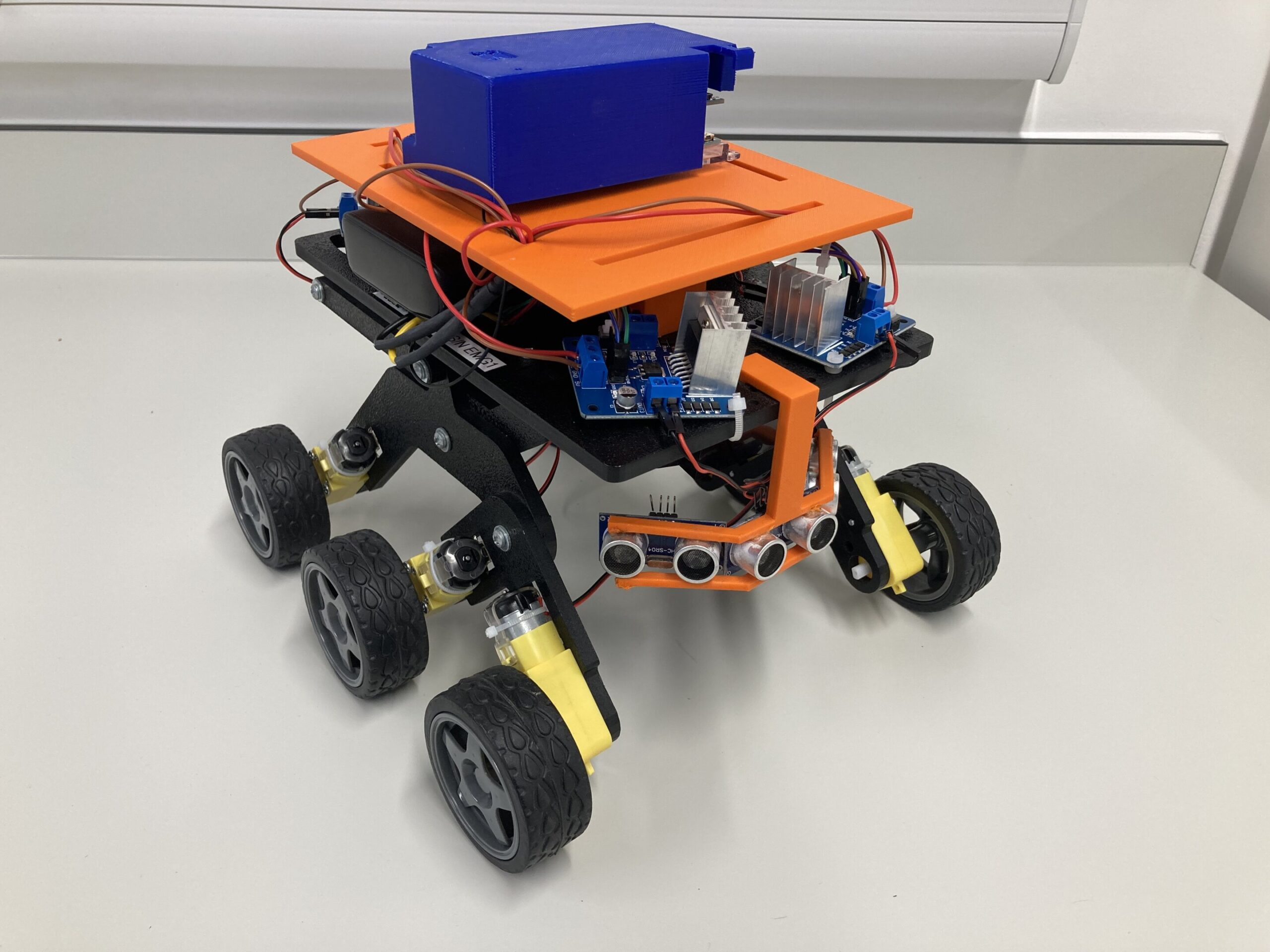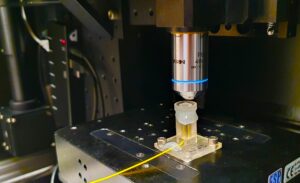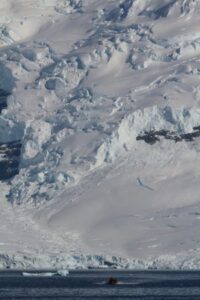The runt rover rocker bogie was chosen because it has a small form factor and uses off-the-shelf components. Credit: Sarah Swinton.
× near
The runt rover rocker bogie was chosen because it has a small form factor and uses off-the-shelf components. Credit: Sarah Swinton.
While roboticists have developed increasingly complex systems in recent decades, ensuring that these systems can operate autonomously in real-world settings without accidents has often proved challenging. This is especially difficult when these robots are designed to be deployed in complex environments, including space and other planets.
Researchers at the University of Glasgow recently developed a new methodology that could allow teams of multiple rovers to autonomously and reliably explore other planets. This method introduced in an article previously published on arXivincorporates data obtained from various sources, including image data, maps and information collected from sensors, to plan efficient routes for different robots in a team.
“Using a team of planetary exploration rovers to study the surface of Mars, rather than a single rover, can greatly expand the science capabilities of a mission,” Sarah Swinton, first author of the paper, told Tech Xplore. “All planetary exploration rovers must employ some level of autonomy, as the latency of communication between Earth and Mars makes it extremely difficult and time-consuming for humans to perform propulsion actions. Using a team of rovers puts additional emphasis on autonomy, as the difficulty of coordinating their behavior increases for human operators.”
The main goal of the recent study by Swinton and her collaborators was to effectively address a long-standing research problem in robotics: Efficiently handling autonomous planetary exploration missions with multiple robots. To do this, the team developed a multi-rover mission planner that allows a team of several rovers, small robots designed for space exploration, to autonomously, safely and efficiently explore an area of the Martian surface.
“The method we proposed allows a robotic team to autonomously explore the Martian surface through two key stages: map generation and mission planning,” explained Swinton. “First, a map of the environment is created using data from the Mars Reconnaissance Orbiter. We specifically used data from Jezero Crater, where NASA’s Perseverance rover is currently operating.”
After creating a map of the environment that the rovers will explore on Mars, the planning team analyzes it and divides it into different regions, highlighting parts with terrain that the rovers can safely traverse. The planner then overlays a probability distribution map that highlights the likelihood that the rovers will encounter sites of scientific interest at specific locations in the environment they are exploring.
“These points could represent rocks that we want the rovers to sample,” Swinton said. “Once this map is created, our mission planner scans the environment to identify an efficient route that will increase the probability of finding the points of interest. A coordinated set of safe paths is then identified for each member of the rover team.”
The multi-rover mission planner developed by Swinton and her colleagues has several advantages over previously developed approaches. In addition to delineating the terrain over which rovers can safely travel and planning paths for their autonomous operation, the planning tool also provides information about where objects of scientific interest might be.
“Our rover is able to safely and efficiently search a full mission site that covers 22,500 m2 in a relatively short period of time,” Swinton said. “It’s also worth noting that each rover covers an autonomous driving distance comparable to the current record for ‘longest distance driven without human observation’ by a planetary exploration rover . Our work also showed that search efficiency is improved by using a rover team over a single rover.”
Swinton and her colleagues evaluated their mapping and planning approach in a series of tests and simulations performed using a set of randomly generated probability distribution maps. Their results were very promising, suggesting that their method could allow a team of five rovers to autonomously explore an area of 22,500 m2 to Mars within approximately 40 minutes.
Although the glider has so far been applied to Mars exploration, it could also be applied to other missions beyond planetary exploration. For example, it can also help coordinate the efforts of multiple ground robots during search and rescue operations simply by using a map of the environment of interest and a probability distribution map that highlights the locations where the robots are most likely to meet people who need to be saved or who need help.
In their next studies, Swinton and her colleagues plan to further develop and test their methodology, while also working on other computational tools to support the autonomous operation of multiple robots. These tools will also include methods to improve the fault tolerance of teams with multiple robots.
“The effects of errors and failures are a serious concern in rover missions to explore the planet,” Swinton added. “For a team of planetary exploration robots to be considered reliable, the robots must be able to diagnose errors in themselves and/or their teammates. Only after errors are diagnosed can recovery actions be taken to mitigate any impact the error has on mission outcomes.”
More info:
Sarah Swinton et al., A New Methodology for Autonomous Planetary Exploration Using Multi-Robot Teams, arXiv (2024). DOI: 10.48550/arxiv.2405.12790
Log information:
arXiv
© 2024 Science X Network



